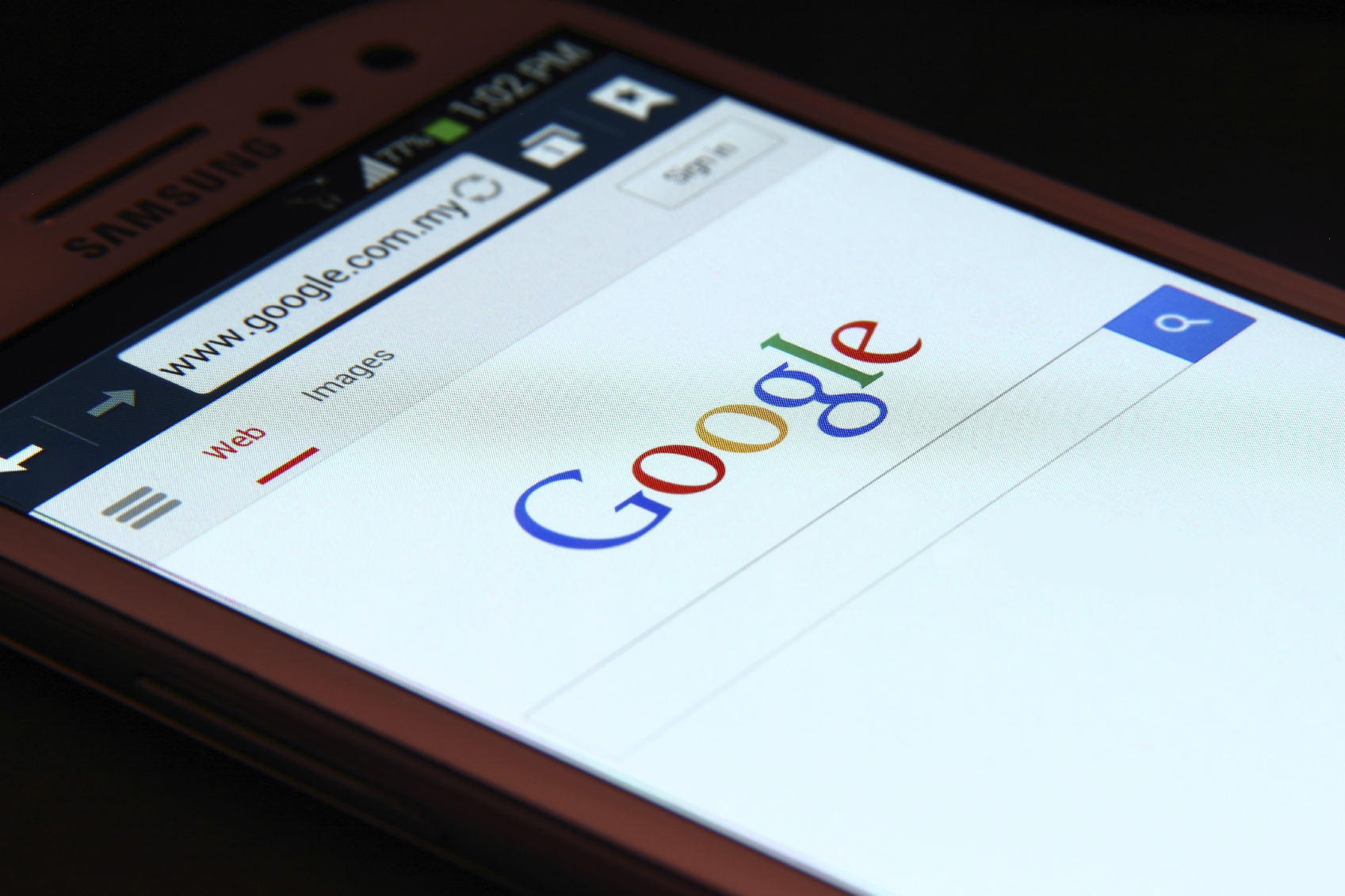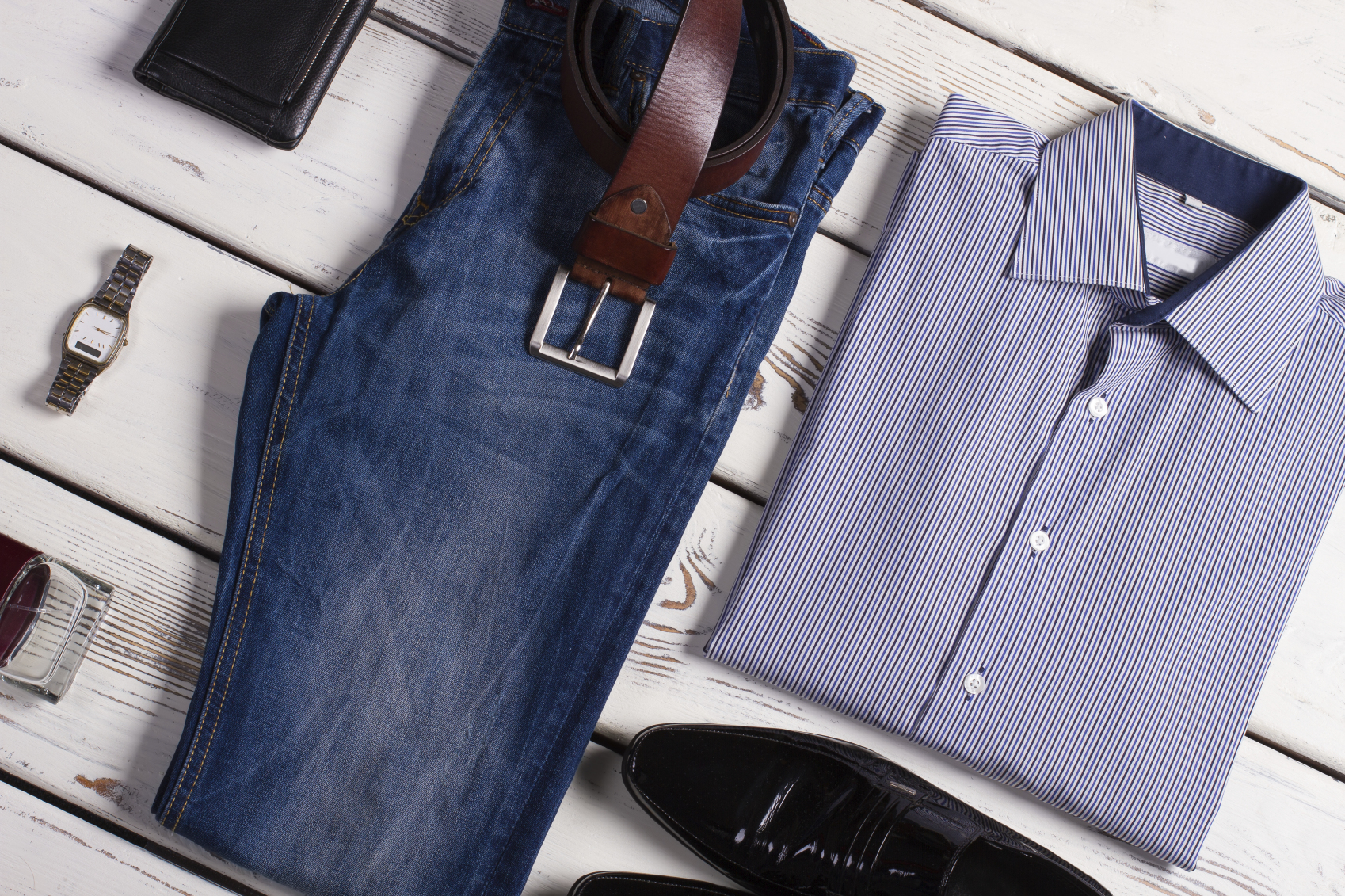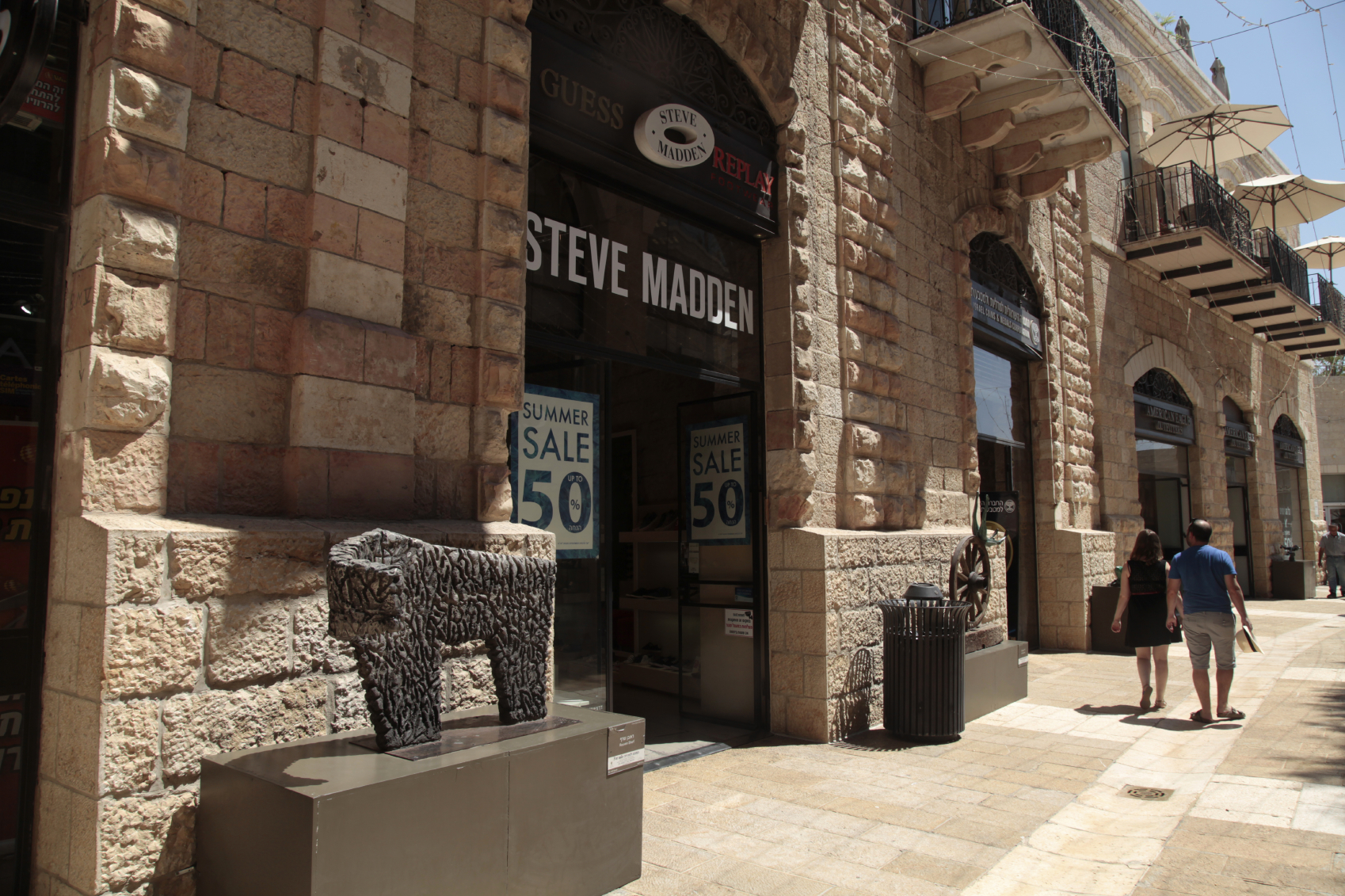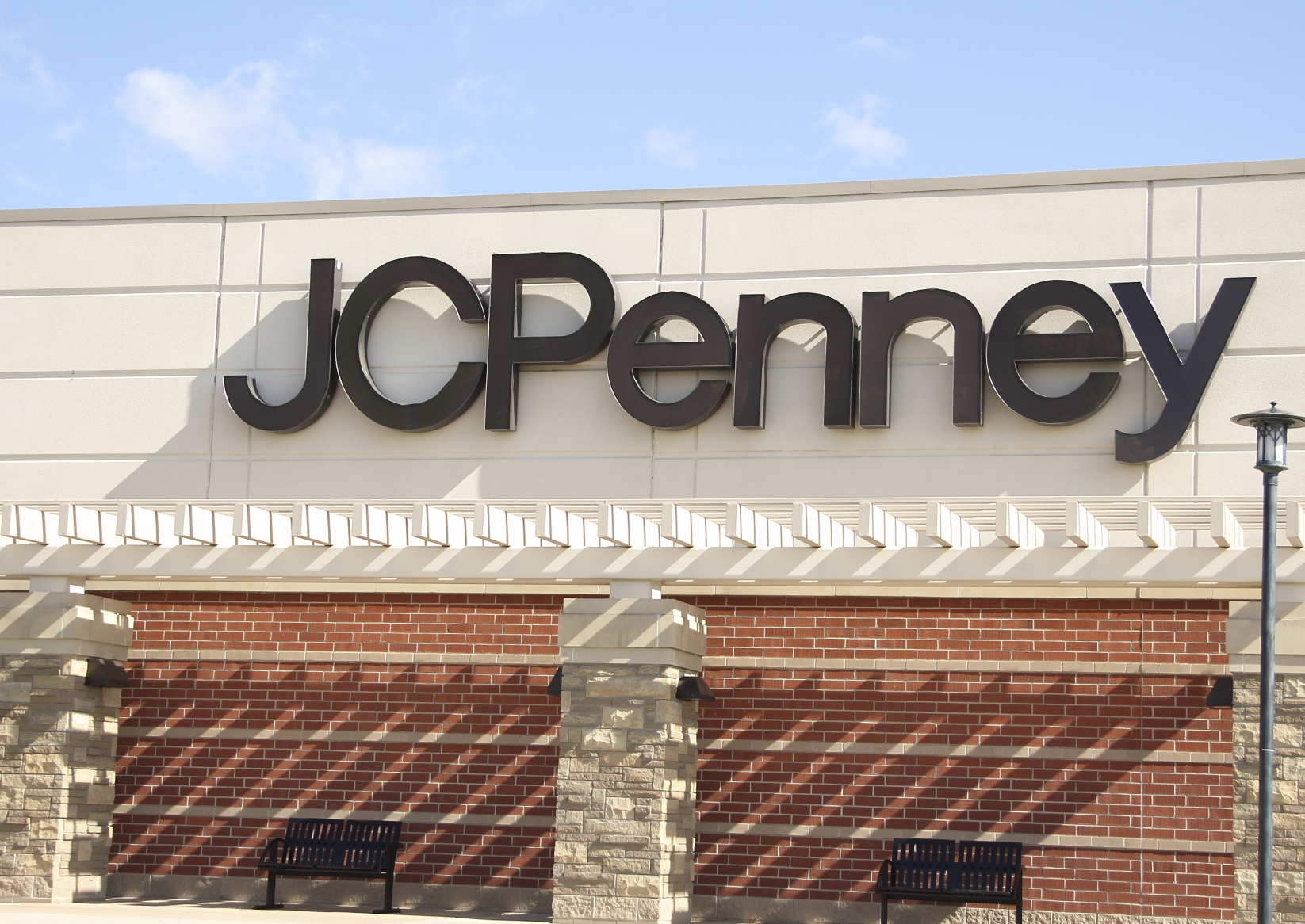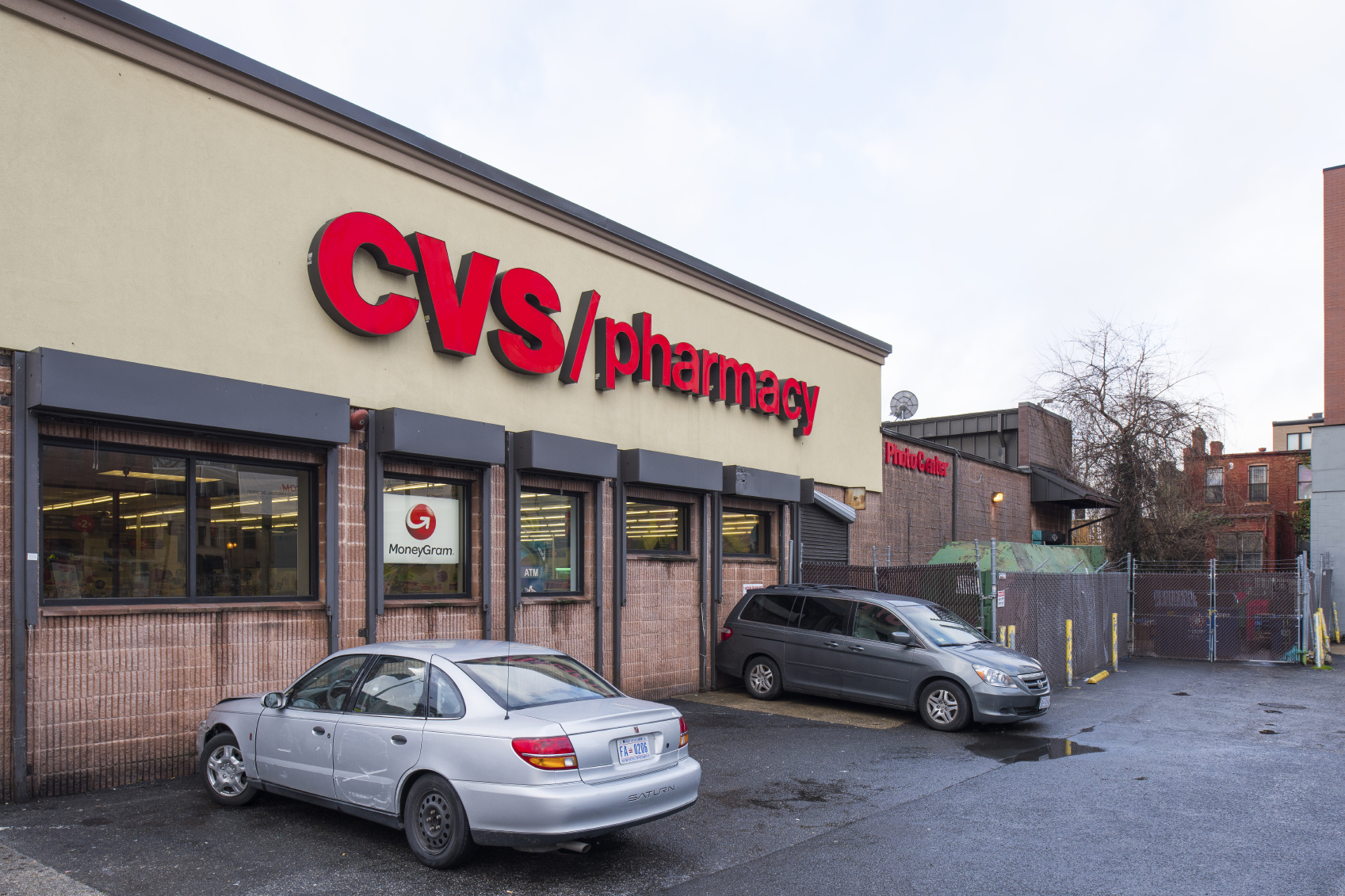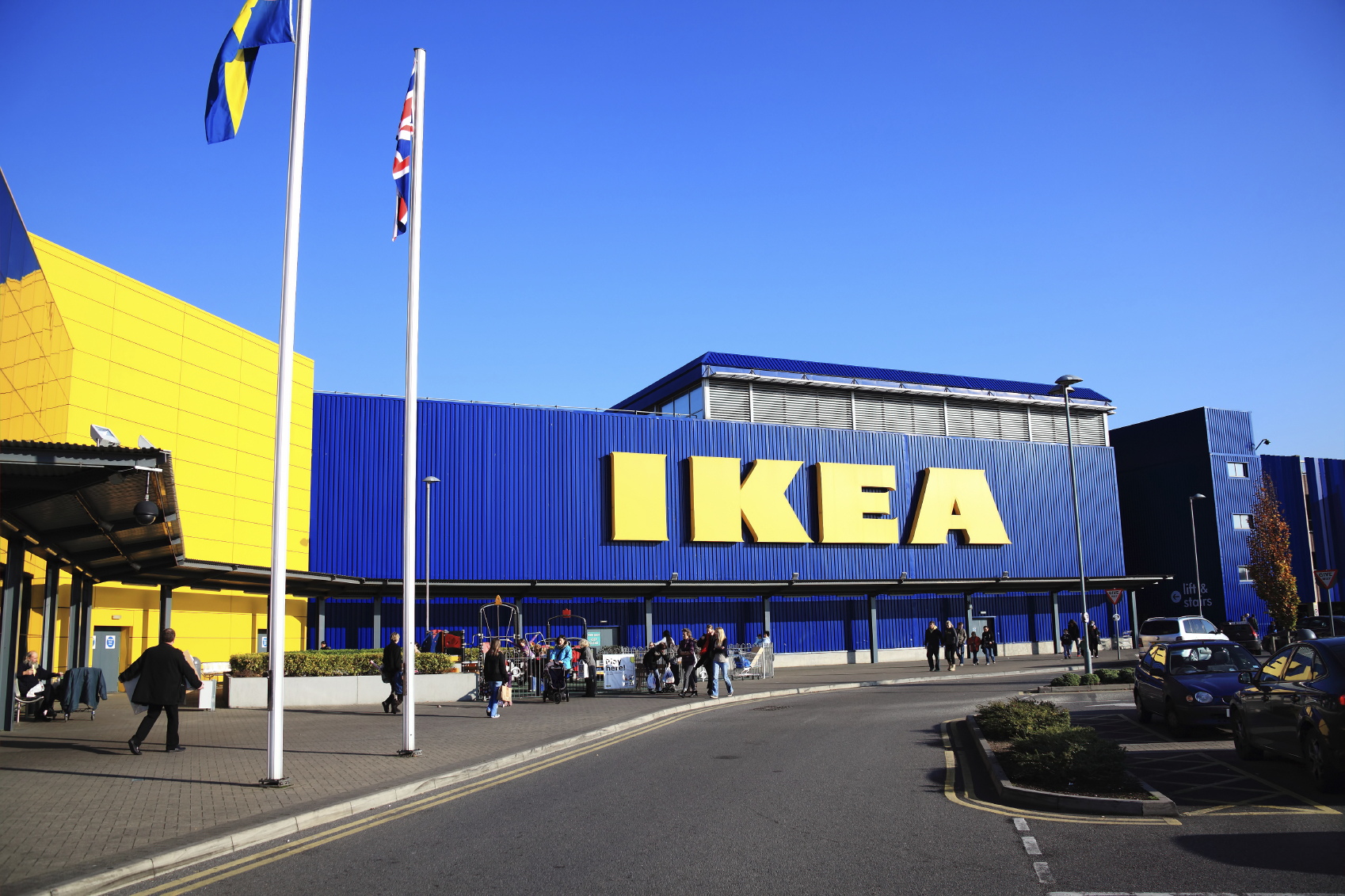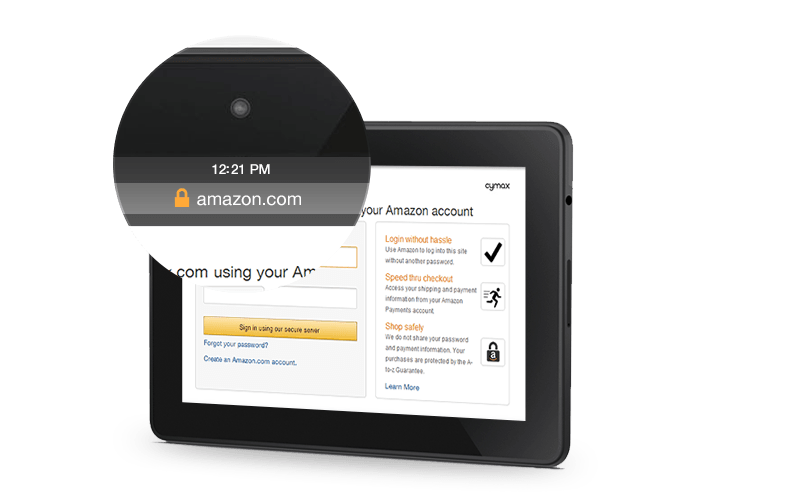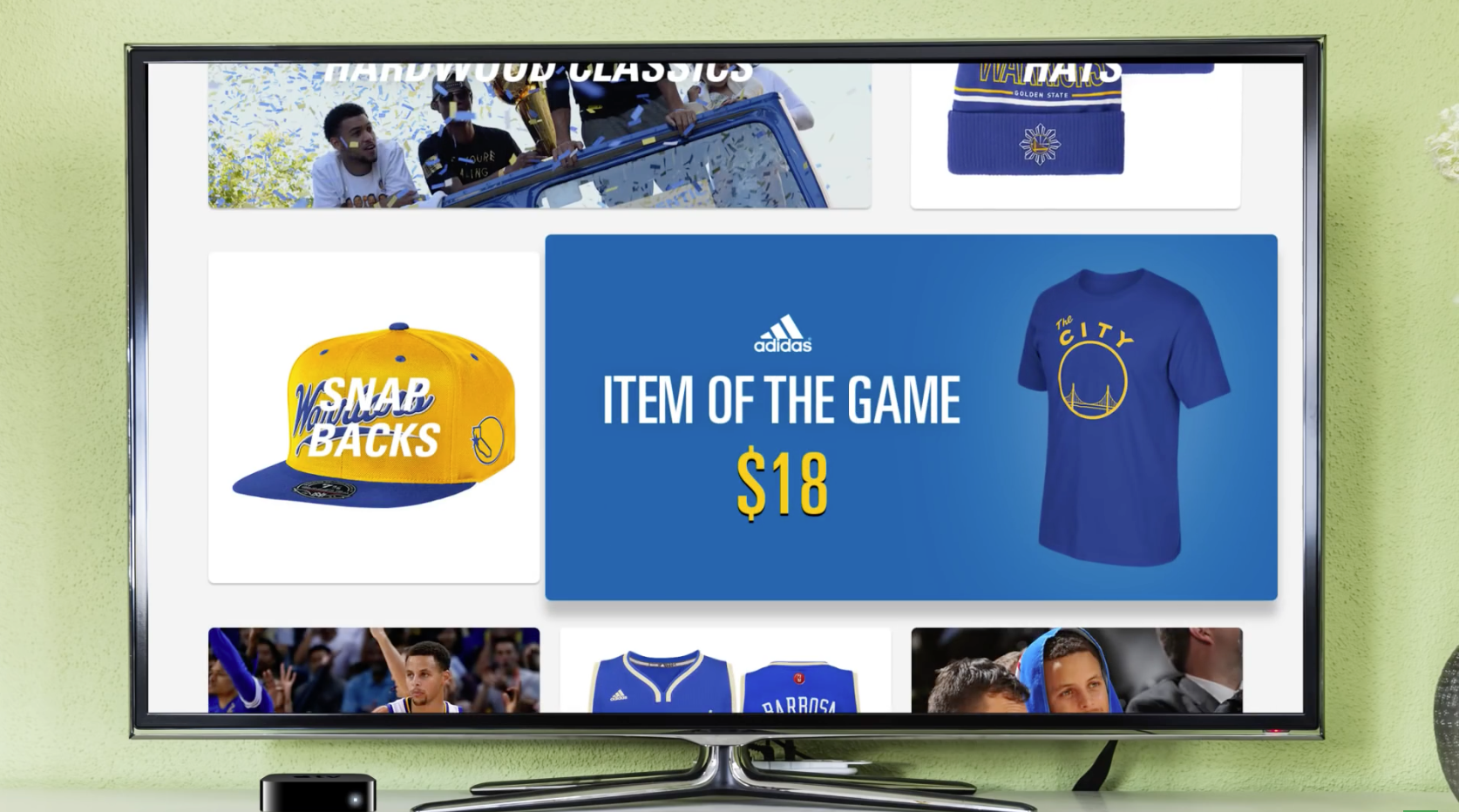What Happened
On Monday, Google added product ads into image search results, marking the first time Google has allowed ads there. The ads, which will appear atop image search results as a carousel, will direct interested users to a retailer’s website. The ads are mobile only at the moment, which highlights Google’s priority, but the company says a desktop version is in the works.
Besides ads in Image Search, Google is also allowing local retailers to plug product inventories into their search ads, enabling shoppers to make purchases for in-store pickup and check inventory directly within search. Kohl’s is one of the first retailers to use this new feature.
Why Brands Should Care
According to Google, a third of all online purchases in the U.S. now happen on mobile devices, as mobile shopping searches increased by 30% in the past year. The new shoppable ads in Image Search provide a great new channel for retailers and fashion brands to reach shoppers with purchase intent and move them down the sales funnel. The new local inventory feature should also make search ads more effective and help retailers boost sales.
Source: AdWeek
